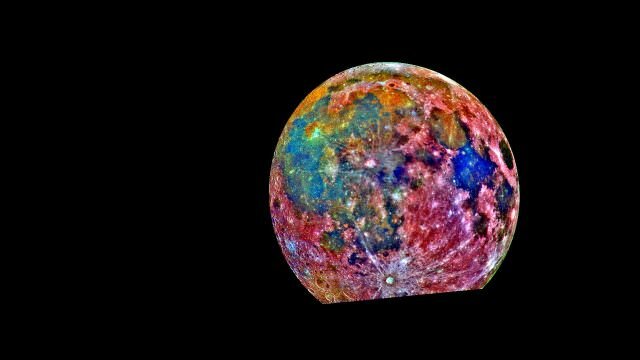Last updated June 29, 2018 at 4:43 pm
One of the mysteries of interstellar visitor ‘Oumuamua has been solved.
This artist’s impression shows the first interstellar asteroid: `Oumuamua. Credit: ESO/M. Kornmesser.
Scientists are obsessed with ‘Oumuamua. The visitor from outside our solar system scooted past Earth last year, fascinating astronomers, planetary scientists, astrobiologists, and just about everyone else.
But since then, pretty much the only thing they could agree on was that it probably came from outside our solar system. They’ve been arguing whether it was a comet, an asteroid, an interstellar spacecraft (bit of a long shot), or something else completely.
Well now they have an answer.
Sometimes a comet is just a comet.
Asteroid vs Comet
First spotted by Hawaii’s Haleakala Observatory on 19 October 2017, ‘Oumuamua is an unusually elongated 800-metre-long, dark red body, of unknown origin, that tumbled along a path across our Solar System.
Although the surface of ‘Oumuamua resembles the core of a comet, it did not appear to have the ‘coma’ of atmosphere and dust that forms as comets melt and release gases when passing near a star.
An international group of researchers, including from the European Space Agency, studied both ground- and space-based observations of ‘Oumuamua throughout our Solar System. According to their results, the rogue rock got an unexpected speed boost and slight shift in trajectory as is passed through the inner solar system. These changes are not able to be explained solely by the gravitational attraction of the Sun, planets or large asteroids along its journey.
Instead, at least some of the acceleration, which was predominantly directed away from the Sun, must be non-gravitational in nature. In other words, something else is providing thrust.
The researchers argue that this motion is normal for comets, which can be pushed along by the gas released from them as they heat up. This outgassing is the most plausible explanation for the movement of ‘Oumuamua, according to their results.
“This additional subtle force on ‘Oumuamua likely is caused by jets of gaseous material expelled from its surface,” said Davide Farnocchia from NASA’s Jet Propulsion Laboratory who contributed to the research. “This same kind of outgassing affects the motion of many comets in our solar system.”
From their modelling, the authors could also rule out other likely explanations for the non-gravitational motion, including pressure from solar radiation or magnetic interaction with the solar wind.
“There were no visible signs of outgassing from ‘Oumuamua, so these forces were not expected,” said Olivier Hainaut from the European Southern Observatory.
Instead, they think that ‘Oumuamua’s outgassing may have produced a very small amount of dust particles – enough to give the object a little kick, but not enough to be detected.
As for the lack of usual “atmosphere” around the comet, the researchers have their own idea. Their hypothesis is that the lack of dust lifted from the object can be explained by the dust on the rock having larger-sized grains than usual, a low dust-to-ice ratio, or it could just be due to changes to its surface from its long journey.
The authors also point to other data supporting ‘Oumuamua’s comet classification, including spectral analysis which suggested it has a cometary body with a thin insulating crust, and similar movement of other comets in our solar system.
However, the only way to know for sure would be to travel to the comet and test it directly. Unfortunately for us and the scientists, in the case of ‘Oumuamua that is not likely to be possible as it whizzes across our solar system.
A mission to an interstellar comet (‘Oumuamua or otherwise) in the future would be a boon for scientists, providing the first definitive sample of rock and ice created outside our solar system, and revealing the unique differences in something that otherwise looks so familiar.
The research has been published in Nature































































































































































































































































